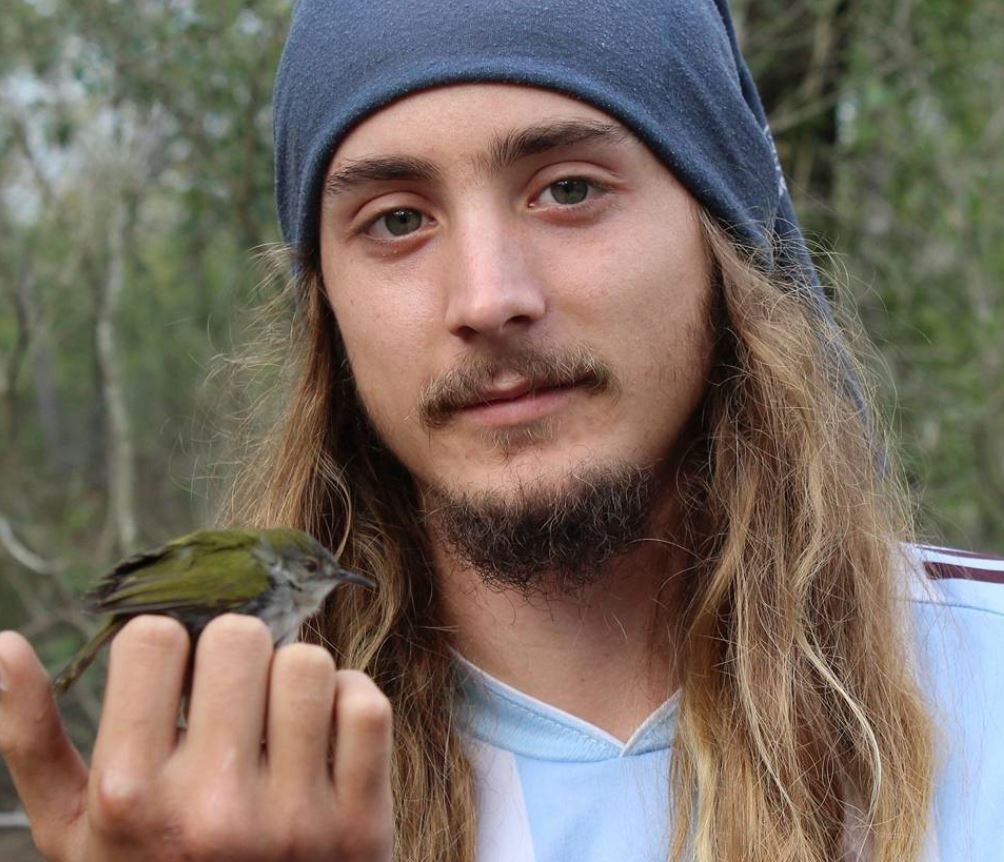Honours Projects

Reesher Kearns
No more singin’ in the rain? Chirping moss frogs and the ongoing drought
Cape Town’s current drought has become world renowned as the city is close to running out of water. But, how are the frogs faring? In this study, I will attempt to document and assess the change in calling density of the Cape Peninsula moss frog, Arthroleptella lightfooti, and whether this is related to the ongoing drought. An acoustic monitoring technique known as Acoustic Spatially Explicit Capture-Recapture (aSCR) will be used to estimate the male calling densities. This study can hopefully shed a light on how important digital advances in monitoring techniques are for conservation. This is particularly true for amphibian species, who are declining at an alarming rate globally.
From January 2018

Damian van Aswegen
Assessing the impacts of alien snakes
As the world gets smaller due to globalisation, the threats of biological invasions become greater. With biological invasions come environmental and socio-economic impacts associated with them. These impacts have been assessed in other taxa such as amphibians and birds, but what about snakes? I will attempt to assess the environmental and socio-economic impacts of invasive snakes on a global scale using the Environmental Impact Classification for Alien Taxa (EICAT) and Socio-Economic Impact Classification for Alien Taxa (SEICAT). This will categorise each invasive snake species by the severity of its impacts. This study will help in the future prioritisation of invasive snake species by policy makers and management.
From January 2018
co-supervised with Sabrina Kumschick
Carla Wagener
Thermal thresholds, altitudes and African clawed frogs
Animals from very hot or cold areas tend to be adapted to those conditions, but are these traits heritable, and how do the adaptations affect performance? This common garden experimental project attempts to answer these questions using tadpoles from different populations of a widespread frog, Xenopus laevis or the African clawed frog.
From January 2018